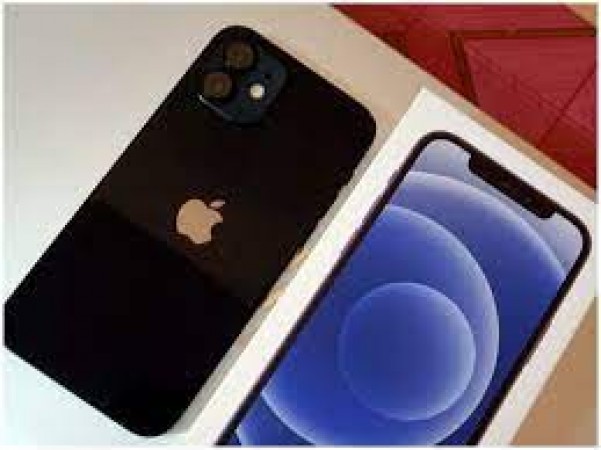
In today's bustling smartphone market, the prevalence of counterfeit iPhones poses a significant challenge for consumers. With the rapid advancement of technology, counterfeiters have become increasingly adept at replicating the appearance of genuine iPhones, making it difficult for unsuspecting buyers to distinguish between the real deal and a fake. However, there are several telltale signs and strategies that can help you spot a counterfeit iPhone and ensure that you're investing in an authentic Apple product.
One of the initial steps in identifying a fake iPhone is to carefully inspect the packaging. Authentic iPhones typically feature crisp, high-quality printing with accurate branding and logos. Any inconsistencies, such as blurry text or misaligned logos, may indicate a counterfeit product.
Genuine iPhones come with a unique serial number that can be verified through Apple's official website. Be wary if the serial number on the packaging does not match the one found in the device's settings.
Counterfeit iPhones often lack the precise craftsmanship and attention to detail characteristic of genuine Apple products. Pay attention to the weight and dimensions of the device, as slight deviations may suggest a fake.
Authentic iPhones boast a premium feel and finish, thanks to the use of high-quality materials such as aluminum and glass. Inferior counterfeit models may feature cheaper plastics or metals, which can be detected through close inspection.
Inspect the display for any irregularities or imperfections, such as dead pixels or discoloration. Genuine iPhones feature vibrant, high-resolution screens with excellent color accuracy.
Test the responsiveness of the touchscreen by navigating through various apps and menus. Fake iPhones may exhibit laggy or unresponsive behavior, indicating inferior build quality.
Check the device's operating system to ensure that it is genuine iOS software provided by Apple. Counterfeit iPhones often run modified or outdated versions of iOS, which may lack essential features or security updates.
Attempt to download apps from the App Store to verify that the device has access to Apple's official marketplace. Fake iPhones may restrict access to the App Store or prompt users to install unauthorized third-party apps.
Test the camera's functionality and image quality to ensure that it meets Apple's standards. Counterfeit iPhones may feature subpar camera modules that produce grainy or blurry photos.
Check for compatibility with Apple's ecosystem of accessories and peripherals, such as AirPods and Apple Watch. Fake iPhones may have limited connectivity options or fail to pair with genuine Apple products. By employing these strategies and remaining vigilant, consumers can minimize the risk of purchasing a counterfeit iPhone and ensure that they are investing in an authentic Apple product. Remember to always purchase from authorized retailers and verify the authenticity of the device through official channels whenever possible.
Living ona Tight Budget: Strategies for Saving with a Low Income